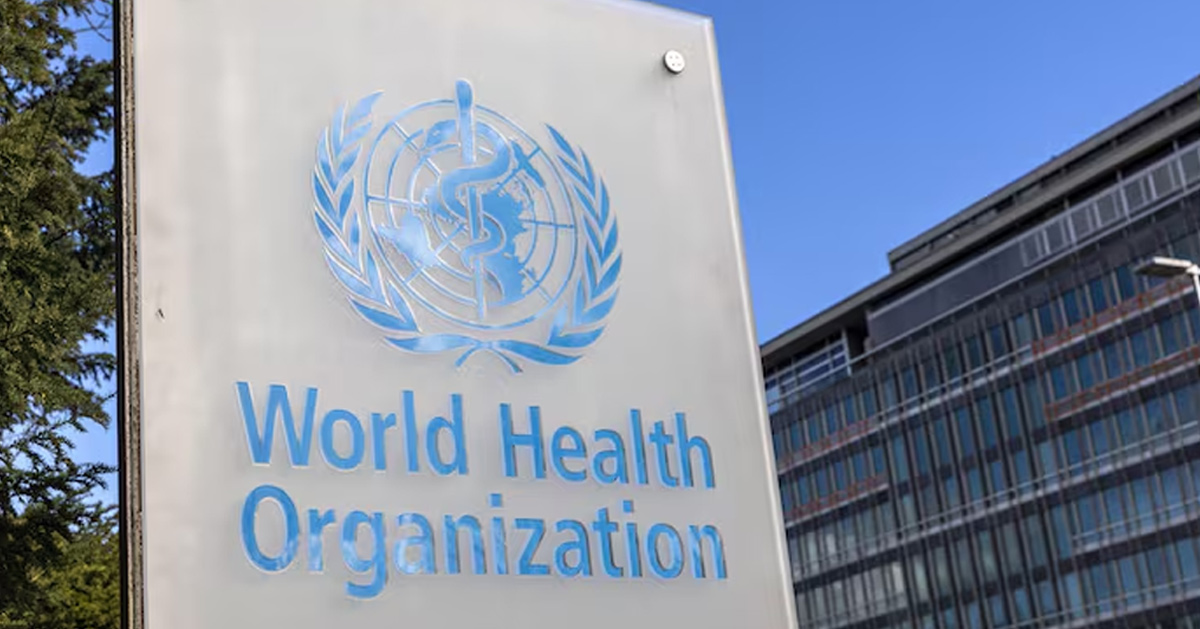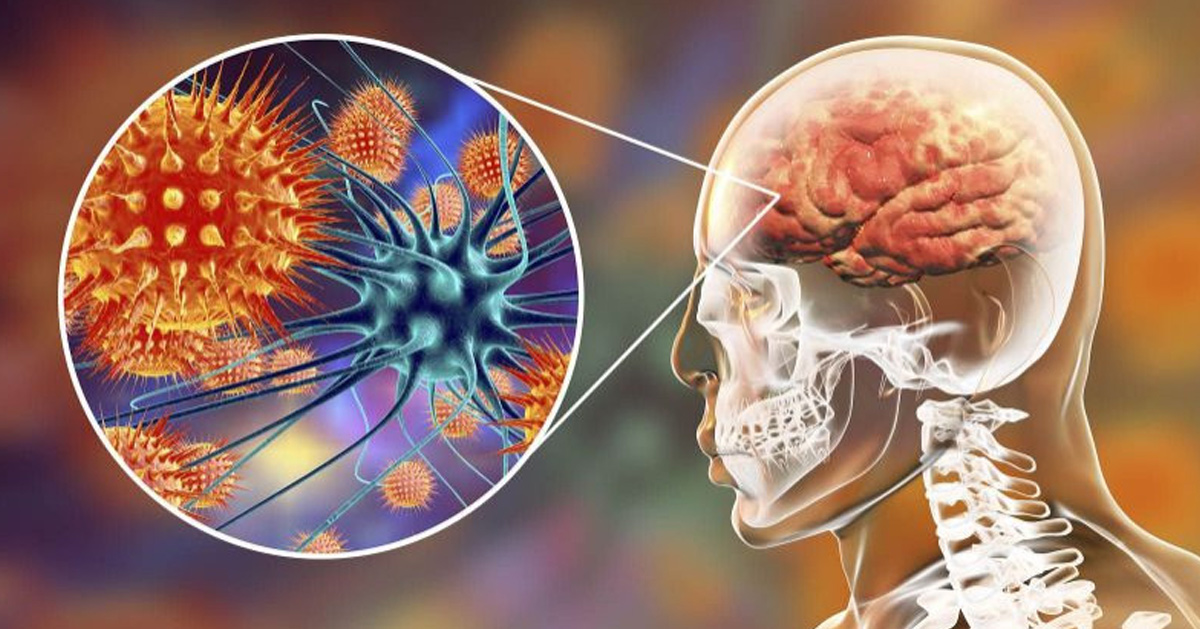
In a significant step toward curbing the global impact of meningitis, the World Health Organization (WHO) has launched its first-ever clinical guidelines aimed at transforming how the disease is diagnosed, treated, and managed. This comprehensive document is set to play a vital role in improving patient outcomes, saving lives, and supporting long-term care for survivors.
Table of Content:-
Why This Move Is Critical
Meningitis, particularly its bacterial form, remains one of the deadliest infections, often claiming lives within 24 hours of onset. Despite the availability of vaccines and treatments, it continues to be a widespread global health threat. According to 2019 estimates, approximately 2.5 million people suffered from meningitis, with bacterial cases making up about 1.6 million. Tragically, nearly 240,000 lives were lost that year due to the disease.

Recognising the urgency, WHO’s new clinical guidelines provide evidence-based strategies to detect cases earlier, improve medical intervention, and support recovery. These efforts are central to the global plan to "Defeat Meningitis by 2030" — a roadmap adopted by WHO Member States in 2020.
WHO Director-General Emphasises Urgency
Dr Tedros Adhanom Ghebreyesus, Director-General of WHO, emphasised the high stakes of meningitis in a recent statement. “Bacterial meningitis kills one in six of the people it strikes and leaves many others with lasting health challenges,” he said.
Also Read: First-Ever Case Of Reverse Zoonosis: Human Flu Detected In Factory Farm Animal
“Implementing these new guidelines will help save lives, improve long-term care for those affected by meningitis, and strengthen health systems.”
What the Guidelines Aim to Achieve
The new clinical guidelines are built around five foundational pillars, each essential in combating meningitis at both the national and global level:

Diagnosis and Treatment
One of the key goals is to enable quicker and more accurate diagnosis, followed by immediate, appropriate medical care. The guidelines highlight the importance of training healthcare providers to recognise early symptoms and respond effectively to avoid severe complications or death.
Also Read: Food Safety Agencies Declare Paneer As The Most Adulterated Product
Prevention and Epidemic Control
Preventive measures take center stage, with WHO advocating for the development of cost-effective vaccines and better immunisation strategies. The guidelines also push for stronger preparedness and rapid response systems to manage potential outbreaks.
Disease Surveillance
Accurate data collection and real-time monitoring are critical for tracking disease patterns. The guidelines call for robust surveillance systems to inform policy decisions, tailor immunisation campaigns, and guide resource allocation.

Care and Support for Survivors
Meningitis often leaves survivors with long-term complications, including hearing loss, brain damage, or physical disabilities. The new framework underscores the importance of continued care, including rehabilitation services and mental health support.
Advocacy and Public Awareness
Raising awareness about the seriousness of meningitis and the right to prevention and care is another cornerstone. The guidelines encourage countries to embed meningitis control into their national health agendas and to foster public engagement.
A Step Toward a Safer Future
These guidelines are not merely academic recommendations—they are practical tools designed to close critical gaps in meningitis care globally. Countries that adopt these standards will be better equipped to protect their populations, reduce mortality, and support those living with the aftermath of the disease.
As the world aims to defeat meningitis by 2030, WHO’s pioneering guidelines offer a clear path forward—one that demands coordinated action, political will, and public cooperation to truly make a difference.
First-Ever Case Of Reverse Zoonosis: Human Flu Detected In Factory Farm Animal
Also watch this video
How we keep this article up to date:
We work with experts and keep a close eye on the latest in health and wellness. Whenever there is a new research or helpful information, we update our articles with accurate and useful advice.
Current Version